News
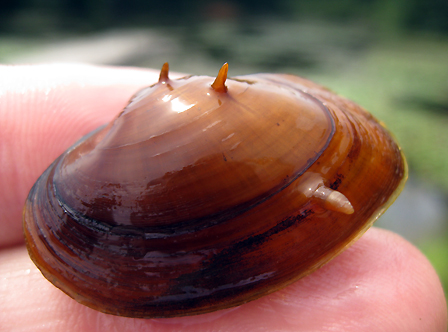
By Breanna Crowell, Stanback Intern
Much like how we as humans have certain requirements for where we live, plant and animal species often need their homes to meet a variety of criteria in order to survive. Parts of the Tar-Pamlico and Neuse Rivers provide ideal habitat for some organisms that are extremeley rare, some not found anywhere else in the world. These organisms, which include Tar River spinymussels, Dwarf wedgemussels, Neuse River waterdogs, and Carolina madtoms, depend on clean water just like we do and are an important part of our unique North Carolina ecosystems.
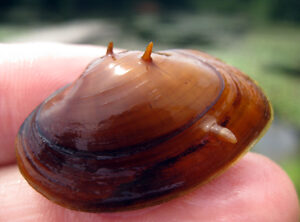
Within the Tar-Pamlico and Neuse watersheds, portions of the main rivers and their tributaries like Swift Creek remain as critically important, high-quality waters. The surrounding land is relatively unimpacted, the diversity of plants and animals is high, and the water quality is good compared to the rest of the stream system. In these areas, threatened and endangered species find a safe haven away from the worst effects of runoff and sedimentation. A main goal is to continue and expand the conservation and protection of these areas, providing stretches of valuable habitat that are best for organisms to live in for years to come.
Some great work is being done to support and help species in the face of land use change and water quality concerns. The U.S. Fish and Wildlife Service, along with the N.C. Wildlife Resources Commission, and N.C. State University, worked to grow and release over 8,500 Tar River Spinymussels into Fishing Creek and Little Fishing Creek since December 2014. This initiative has included use of land secured through conservation easements and ownership by the Tar River Land Conservancy. Not only do these mussels depend on clean water, but they are also a major part of what keeps the water clean for us! They eat algae and silt, filtering and purifying the very water we use. The increase of their populations will ensure that they can repopulate their natural habitat and work to keep our rivers healthy. Additionally, some favorite animals like egrets, herons, and otters will have an additional food source returned to the rivers as well.
Healthy rivers are not just defined by clean water, but by an abundance and diversity of the species that belong there as well. From the most common to the most rare, the preservation of species is largely due to the conservation of their habitats. In turn, we will protect the rivers that people also use, enjoy, and depend on as well.
Related News
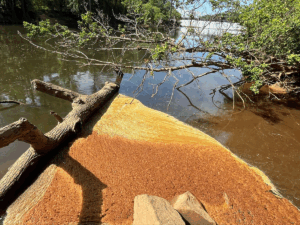
DEQ issues notice of violation to Rocky Mount
July 17th 2025

Specialist tracking pollution impacts on urban waterway
July 17th 2025

Riverkeeper tracks post-Chantal pollution on the Eno
July 17th 2025
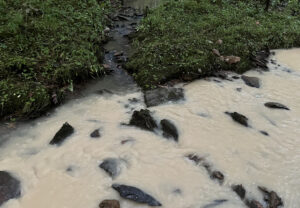
‘Power Bill Reduction Act’ will raise costs, climate-change risk
July 17th 2025
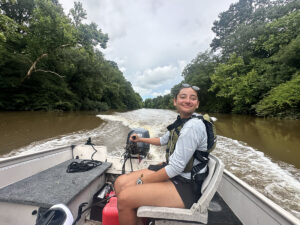
Riverkeepers track down purposeful pollution
July 17th 2025

Riverkeeper, program assistant show up for Pride on the Tar
July 17th 2025
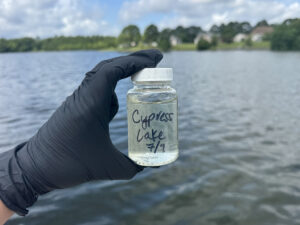
Specialist investigates lake connection to mysterious skin rash
July 10th 2025

Riverkeeper: Central NC flooding part of a much larger issue
July 10th 2025

